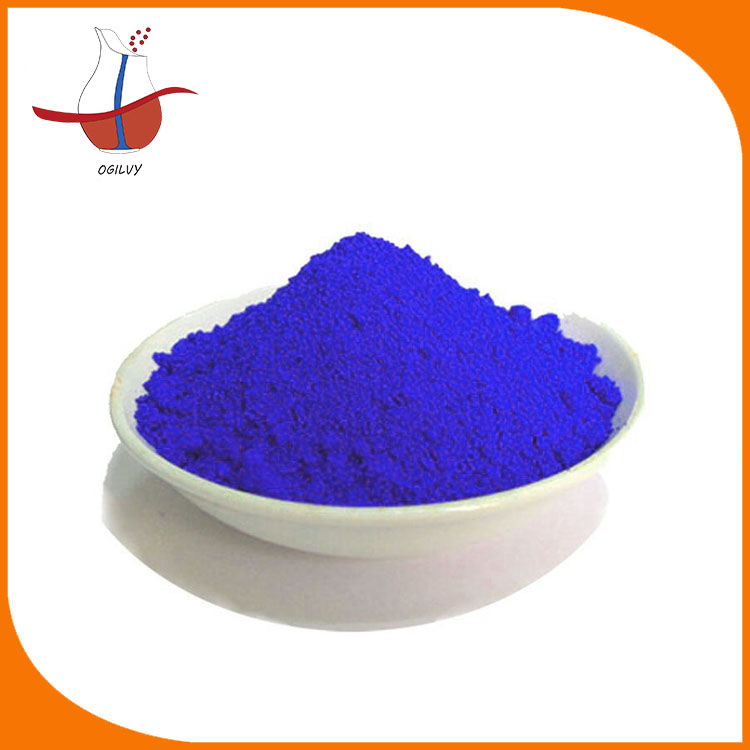The physical nature of the organic pigment
2021-10-19
The variety of colors is endless and colorful, but there is a certain internal relationship between various colors. Each color can be determined by three parameters, namely hue, lightness and saturation. Hue is a feature that distinguishes colors from each other. It depends on the chromatographic composition of the light source and the feeling of each wavelength emitted by the object surface to the human eye. It can distinguish red, yellow, green, blue, purple and other features. Lightness, also known as brightness, is the characteristic value indicating the change of lightness and darkness of the object surface; By comparing the lightness of various colors, colors can be divided into light and dark. Saturation, also known as chromaticity, is the characteristic value of the color intensity of the object surface, which makes the color bright and dark. Hue, lightness and saturation form a three-dimensional. Using these three to establish a scale, we can use numbers to measure color. The colors of nature are ever-changing, but the most basic are red, yellow and blue, which are called primary colors.

 English
English



